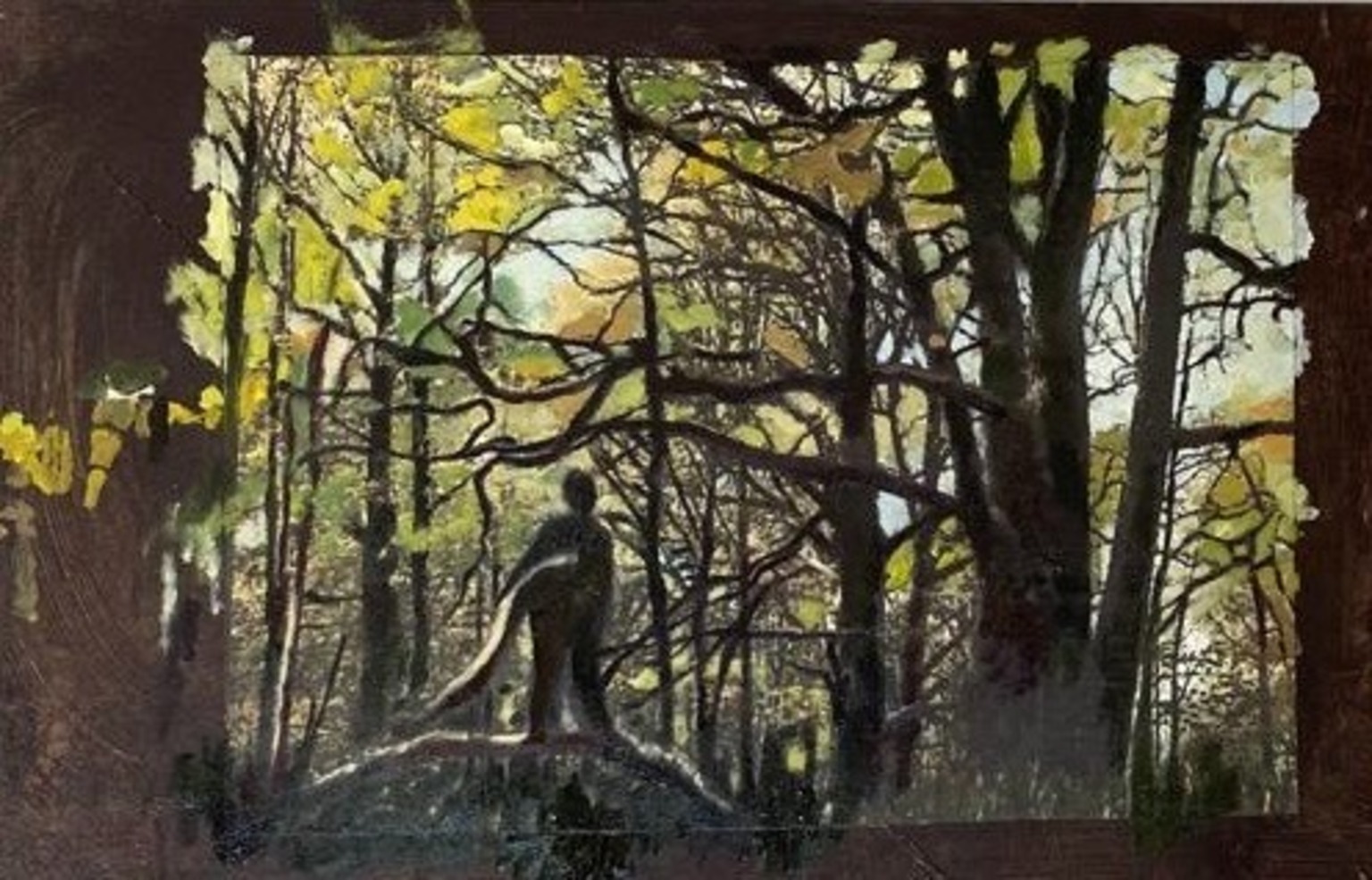Talk

Con-Fabulations #1 ways of documenting performativity and embodied practices
Artists and professors Gunhild Mathea Olausse, Rebecca Hilton and Ellen Johanne Røed are invited into an open conversation with Artistic Research Fellow Fernanda Branco upon documentation and dissemination in Artistic Research through their practices and projects.
In which ways other than through images can performative actions, live performances and embodied practices be documented and disseminated?
What captures one’s attention – agency’s powers - and what stays in the memory – evoking practices - of a body or matter taking part in or witnessing artistic practices and works?
Artists and professors Gunhild Mathea Husvik-Olaussen, Rebecca Hilton and Ellen Johanne Røed are invited into an open conversation with Artistic Research Fellow Fernanda Branco upon documentation and dissemination in Artistic Research through their practices and projects.
Fernanda Branco’s research project Environment embodiment – towards enchanted narratives aims at exploring embodied practices of movement and voice throughout encounters with environments and matters from a sympoiesis (making-with) perspective.
Sympoiesis is used as a method where documentation leaves the place of capture and becomes a way of continuing, a way of evoking memories of embodied experiences that both transmit and transform the process of past, present and future inside this artistic research.
Collaborations, collective actions and testimonials convey documentation as bodies of work throughout painting, poetry, text and micro-phenomenology interview method. Within this mode of work, the embodied practices and performative actions of Branco’s artistic research have been cyclically revisited and reshaped, while generating new works such as: Traces and I remember.
In their collaborative research project, Together Forever, visual artist Ellen Røed and choreographer Rebecca Hilton explore how the documentation of an artistic research project, be it performative or media-based, transforms over time, in relation to the aesthetic and ethical conditions and conventions of each new situation? How does the document’s fixedness in one context relate to its porosity in another? How does the use of the document change the document? What is the document capturing? What is it trying to capture? What will it be seen to have captured? These questions will be examined via the lens of two distinctly different Artistic Research projects which nonetheless share much material.
Gunhild Mathea Husvik-Olaussen – Professor at KHiO. Gunhild Mathea Husvik-Olaussen stages space utilising the mediums of sound, minimalistic sculpture and dramaturgical structures. Her research explores space, material, sound, body and time as equal parts in a composition, the artworks are in a variety of ways inquiries towards an expanded experience of the dialogue between presence and materiality.
The act of listening is of central importance in Olaussens artistic survey and reflection. Her research investigates how documentation and the act of listening and are closely related, and how reflection of personal interpretation can be the most accurate reflection of a piece of art.
Con-fabulations is part of a series of conversations initiated by Fernanda Branco.
Traces (work-in-process) in exhibition at KHiO library from 12th to 16th of September. Traces explores ways of documenting performative actions through paint and poetry. A collaboration between Fernanda Branco and visual artist Hilde Flikke. Full info here.
Ears Trumpet - an embodied practice of listening will be held by Fernanda Branco for few participants before the conversation. Ears Trumpet takes place at Video Room at KHiO library 16th of September at 17:00. Registration needed. Please see info here.